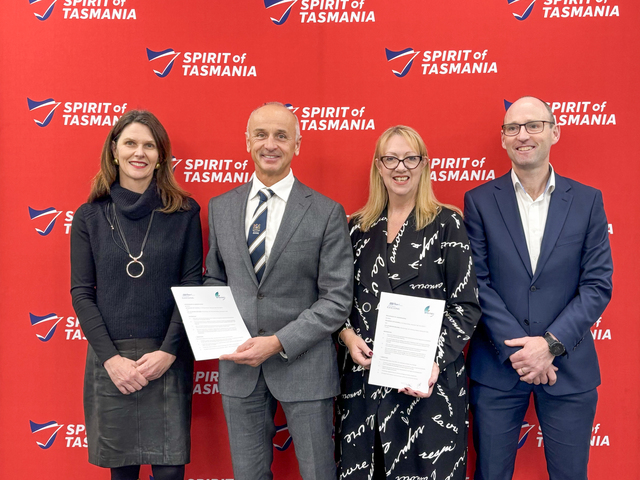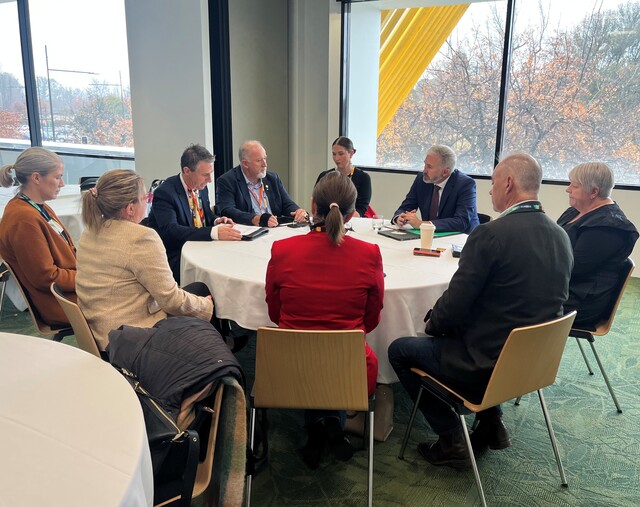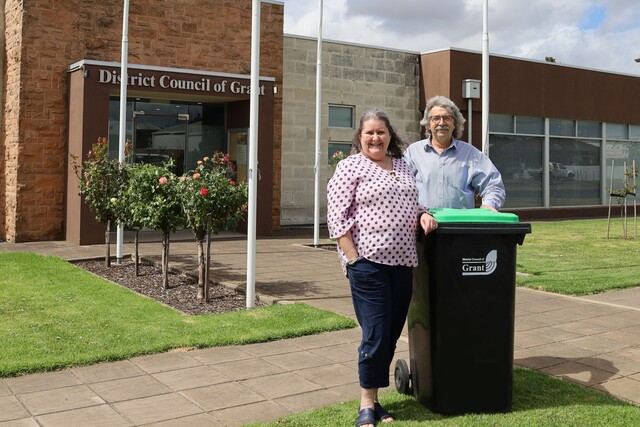Local Government amalgamations are again in the spotlight in New South Wales and Victoria. Amalgamations are often essential. The council boundaries that were often set up in the 19th Century do not make for good government in the 21st. Change is often needed, healthy and long overdue. While the reasons for change are often undeniable, the process of change is often unfair and even brutal.
It has been a decade since the Kennett Government sacked every Local Government in Victoria to begin the amalgamation process in that State. The recent call by the Victorian Local Governance Association (VLGA) for all Victorian councils to postpone or abandon celebrations focusing on ten years of the new structure is a stark reminder of this dark chapter. The Victorian process effectively denied people a voice in Local Government structures for more than two years. Some appointed commissioners did a good job, but they did not enjoy any mandate from their community. There was no need for this step. The amalgamations could have proceeded just as well with joint council sittings for an interim period in each amalgamated municipality. We agree with the VLGA’s call for no celebrations now but to celebrate when a decade passes after the return of elected Councillors.
With the convulsion in Victoria now fading away in people’s memories, it is very much on the agenda in New South Wales. While not going to the extremes of the Kennett Government, the continuing rounds of amalgamations smacks of a scattergun approach to the issue. There has been criticism from some quarters that there is a political agenda behind some of the moves. There also appears to be a lack of transparency or even simple focus in the amalgamation process.
The NSW Government is not doing itself a service by being defensive in its dealings with Local Governments. It needs to explain clearly what it is trying to achieve and the criteria used to make decisions. The general argument that lower rates will result falls short of an adequate explanation and the government gives the impression that it is fidgeting with Local Government boundaries rather than having a real reform agenda.
State Governments have a duty to approach Local Government amalgamations in an open, fair and systematic manner. In the early 1990s the Victorian Government bludgeoned its way through rural areas. When councils merged, rural communities lost people, businesses lost customers, schools lost children and long established communities eventually began to wind down.
If the Kennett Government had listened to the communities, it may have found a better way to introduce the changes without the long term damage to communities.
But there are positive signs in New South Wales. It is good to see that the Local Government Minister, Tony Kelly, will be the keynote speaker at a conference looking at structural reform options being implemented by various councils in New South Wales. Hosted by the strategic alliance of Wellington, Blayney and Cabonne Councils on 24–26 June (see page 20), it is to be hoped that Minister Kelly will, as well as presenting the Government’s views, use the opportunity to listen to what is being said by local communities through their elected representatives.
The Kennett Government refused to listen and eventually suffered a rural backlash that toppled them from power. It is a salutary lesson for the New South Wales Government.







